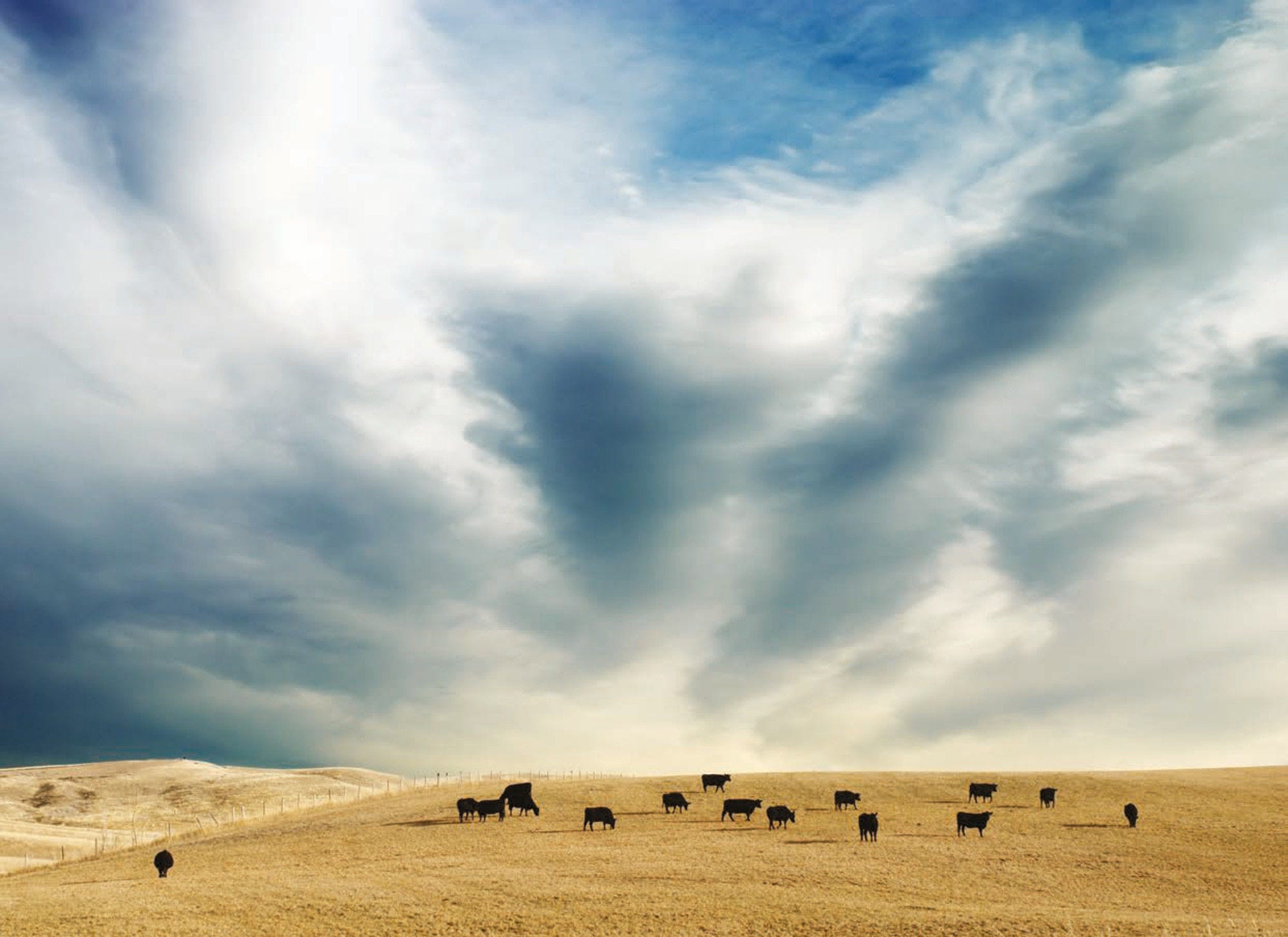Total support to agriculture (TSE) in OECD countries1 represented USD 345 billion (EUR 301 billion) per year on average in 2019-21 of which 73%, or USD 247 billion (EUR 216 billion), was provided as support to producers individually (PSE). Producer support represented 17.3% of gross farm receipts (%PSE) in 2019-21 across the OECD area, a decline from around 28% in 2000-02 and more than 35% in 1986‑88 (Table 3.1).
The way support is delivered to producers also evolved. In particular, the long-term decline of support based on commodity output (including market price support and output payments) characterises the evolution of support to agriculture in the OECD area. OECD work identifies this as having the strongest potential to distort agricultural production and trade together with payments based on the unconstrained use of variable inputs, which slightly increased across OECD countries compared to the beginning of the millennium. For these support measures, a particularly high risk of negative impacts on the environment has also been found. Rice is by far the commodity that receives the highest level of support in the OECD area, followed by sugar, sunflower seed and beef (Figure 3.2). Market price support represents the largest share of this support, and is driven by a range of domestic and trade policies. For a number of commodities, in particular maize, sorghum, soybeans and sheep meat, support is also provided through other types of transfers, including payments less directly coupled to production.
At the other end of the spectrum in the PSE classification, a number of countries apply significantly less-distorting forms of support, such as payments based on parameters not linked to current production, or based on non-commodity criteria such as land set-aside, or payments for specific environmental or animal welfare outcomes (Chapter 2, Figure 2.14). Most notably, payments based on historical entitlements (generally crop area or livestock numbers of a given reference period in the past) increased in the last two decades, representing some 4% of gross farm receipts (GFR) and about 22% of the PSE during 2019‑21. The share of payments based on current crop area, animal numbers, receipts or income has fallen compared to 2000‑02; these payments now also represent around 22% of total producer support (Table 3.1).
Expenditures financing general services to the sector (GSSE) increased (in nominal terms) in the OECD area from USD 37 billion per year in 2000-02 to USD 45 billion in 2019-21 (expressed in Euros, they slightly declined from EUR 40 billion to EUR 39 billion). However, relative to the size of the sector, expenditures for general services declined from 5.4% of agricultural value of production to 3.5%, suggesting that these expenditures did not keep pace with sector growth. In 2019-21, most of this went to infrastructure (USD 17 billion), a slight increase compared to 2000-02, and agricultural knowledge and innovation (USD 14 billion), an increase of 79% in nominal terms and almost in line with the sector’s growth. Expenditures for inspection and control services more than doubled, while spending for marketing and promotion remained around the same and public stockholding declined substantially over the same period. But all of these represented smaller shares of the GSSE expenditure (Table 3.1). Total support to agriculture as a share of GDP declined significantly over time.
